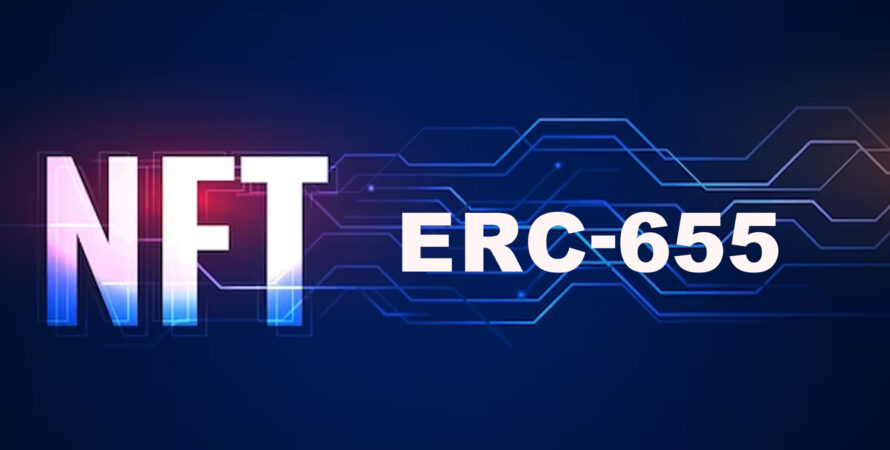- ERC-6551 is changing the whole mechanism behind the NFT token standard
- The NFT space is getting a huge boost from the creation of ERC-6551
Before ERC-6551 came to be recognized as the new NFT token standard, there was ERC-721 which had its limitations. Specifically, the ERC-721 was not compatible with smart contracts and decentralized applications across the Ethereum blockchain. This created a lot of roadblocks for the NFT concept to evolve among people. However, after the co-authorization of ERC-6551 by Benny Giang, a reputable member of Dapper Labs, it soon captivated NFT enthusiasts as it had the power to take the NFT token standard to a whole new level. ERC-6551 easily collaborated with smart contracts while introducing a new set of use cases in the Ethereum blockchain.
How does ERC-6551 operate?
If you had been a previous user of ERC-721 NFTs, then you might be aware of their limited range. You can only transfer ERC-721 NFTs from one place to another without including any other NFTs or tokens in them. Moreover, ERC-721 NFTs weren’t familiar with smart contracts, which limited their operational inputs.
However, such issues were soon eliminated when ERC-6551 used a permissionless registry compatible with ERC-721. This registry is a smart contract that functions as a factory and directory for token bound accounts (TBA). From now on, everyone can generate a TBA on the ERC-721 token by making use of a function on the registry and contributing a small fee.
After this, the registry deploys an authorization contract, which acts like the TBA for those tokens. Alongside the authorization contract, the EIP-1271 standard is implemented for signing messages and verifying token signatures. Thus, the TBA finally starts interacting with smart contracts in the Ethereum blockchain, decentralized exchanges, lending platforms, etc.
It even gains the functionality of holding other NFT assets within itself to transfer them to other sources as and when it is necessary.

Use cases of ERC-6551
- Interlock ability
Interlock ability is one of the best use cases that ERC-6551 has brought into the NFT space. This functionality allows other NFTs and tokens to be kept alongside each other in one profile, which was not previously possible. Hence, while selling or transferring your ERC-6551, all of the other assets inside it can also be moved.
- Unique identity
All the NFTs within your ERC-6551 NFT token standard will have a unique identity that allows you to recognize them easily. Thus, they can interact with dApps independently without relying on the wallet holding them. This feature would surge the value of your NFTs as different platforms would want to use it for their requirements.
- Source
Previously, the ERC-721 NFT token standard did not allow users to get a detailed look at their transaction history. However, this soon changed when ERC-6551 enabled users to go in-depth into an asset’s transaction history and POW. NFTs are known to hide the previous owner’s transaction records. But by using the ERC-6551 NFT token standard, you can see those transactions in detail.
Conclusion
ERC-6551 is a ground-breaking innovation that will take ERC-721 applications to new heights. Moreover, this innovative development will pave the way for a multitude of new ventures in the NFT space, thanks to its enhanced operability.




